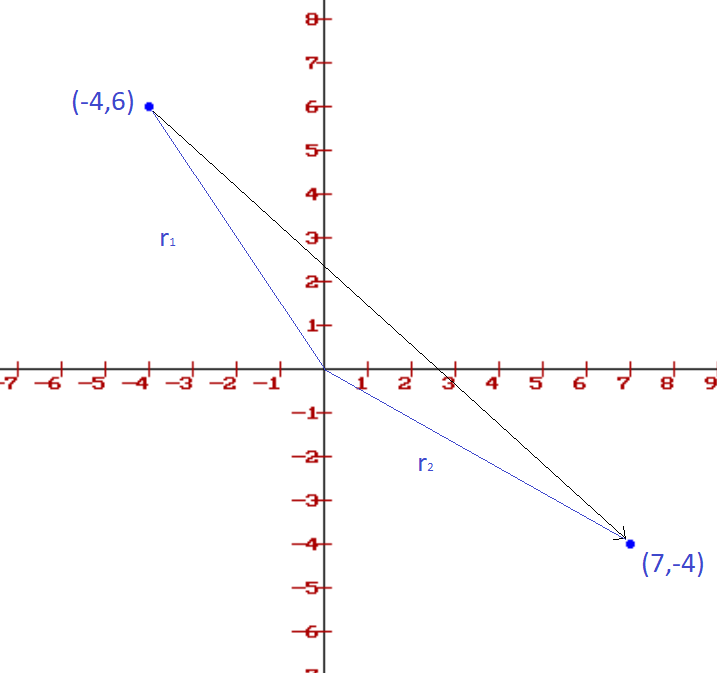A charge of #2 C# is at the origin. How much energy would be applied to or released from a # 3 C# charge if it is moved from # ( -4, 6 ) # to #( 7 , -4 ) #?
1 Answer
Explanation:
The potential energy can be given by:
Where
We already know that the charges (which are constant) are:
We wish to see the energy difference in moving the

So we need to find
assuming the coordinates given are in metres.
As it is a repulsive force (same sign charges) and we are moving further away then energy is being released.
To calculate how much we simply need:

